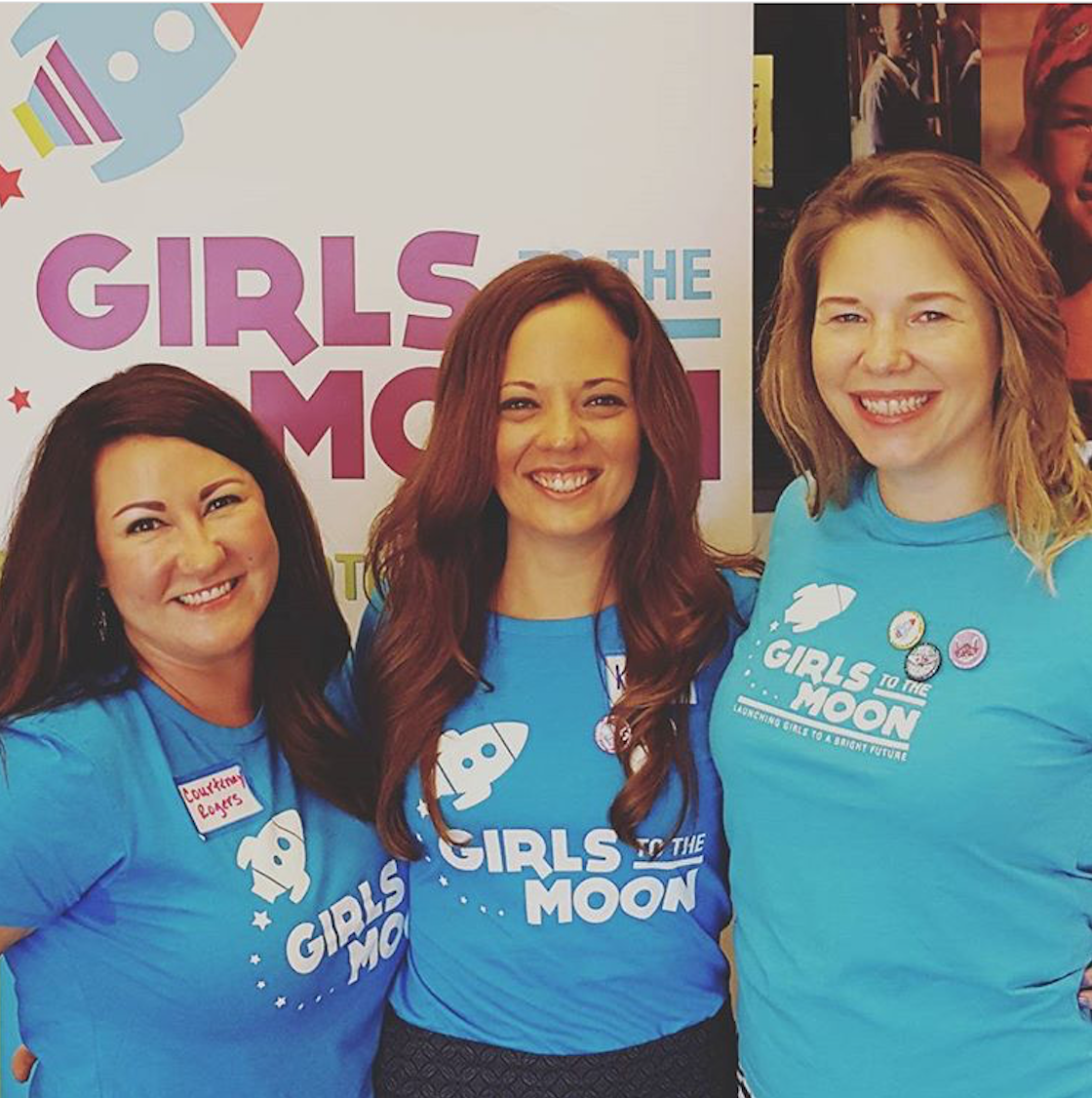When I joined the Highrise team in May of 2016, the support team wasn’t a team at all: it was a single person. Chris did everything, from answering emails, to maintaining our help site, to recording how-to videos. Just the emotional output from being “on” empathetically all day every day can be exhausting, so I came along to help.
After a few months of me getting up to speed we realized that while there were certain times that it made sense for both of us to be helping users, like first thing in the morning, for a portion of the day one of us answering emails was sufficient. So we started asking ourselves, what was the best way for us to not only help our users and teammates, but to take care of ourselves as well?
As we started brainstorming the best way to accomplish that, we began by going through all of the other areas of Highrise we wanted to help contribute. The help site and all of it’s written and video content was always our responsibility, but we realized there were other ways we could help with the “extra” bandwidth we found ourselves with.
Onboarding emails for new users. Spending time coming up with and implementing different ways to build relationships with people. Writing more. Helping out with product testing and QA. And just generally being there for other teammates who could use an extra hand.
Chris and I spent some time going through different ways we could divide our time. We settled on a time frame that would help us not only recuperate emotionally from being on, but enough “off” time to really dig into other projects and interests we have.
Any project that you really need to dig in and complete needs more than just a 3 hour chunk of your week.
What did we decide to do? A week on support, and a week off.
The week you are on the support inbox, that is your #1 priority. The expectation we set for users is that we’ll be here from 8am-5pm CST, so when you’re on the inbox, that’s what you cover. There’s still time to sneak other little things in there, but we pride ourselves on giving replying to customers as soon as we possibly can, so when you’re on, you’re on.
When you’re off the inbox, that’s the time to take care of bigger projects. It’s amazing to be able to write and tackle other things without having to constantly go back and check the inbox.
I personally use the time to take care of myself a little bit more too. It’s a great time to catch up on reading and learning, meeting up with users or colleagues to chat over coffee, even just taking a walk in the middle of the day to let the brain relax and think.
This system has worked incredibly well for us. Both Chris and I approach the job refreshed after a week “off”, and can give customers the best version of ourselves, which they wholeheartedly deserve.
We also get to scratch the other professional itches we have, while simultaneously helping our other teammates out as well.
Some may say that their inbox has a perpetual backlog, and they need all hands on deck at all times. Which is understandable, I personally have experienced that on many occasions. But even if your support team is 10+ people, finding room to start on a “small” version of this plan could pay off huge dividends.
If I knew I had every Wednesday afternoon off from the inbox to recharge my empathy batteries and tackle some other passion projects of mine, it completely shifts my mindset, and can very easily stave off burnout.
Will we always work this way? Maybe not. We’re already exploring other options for seasonality, and things may change when a third person joins our team at some point in the future.
You may be hard pressed to find two people who care more about helping users than we do. However, to take care of others, we know we have to take care of ourselves first.
Oh, and what app do we use to help customers? Highrise, of course.




